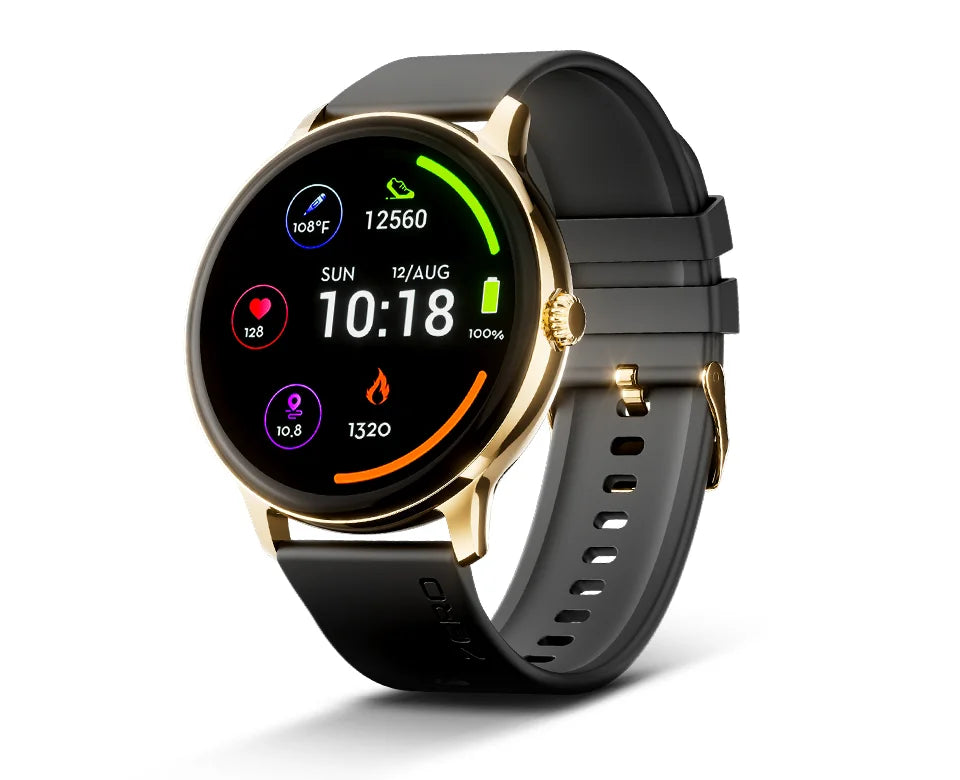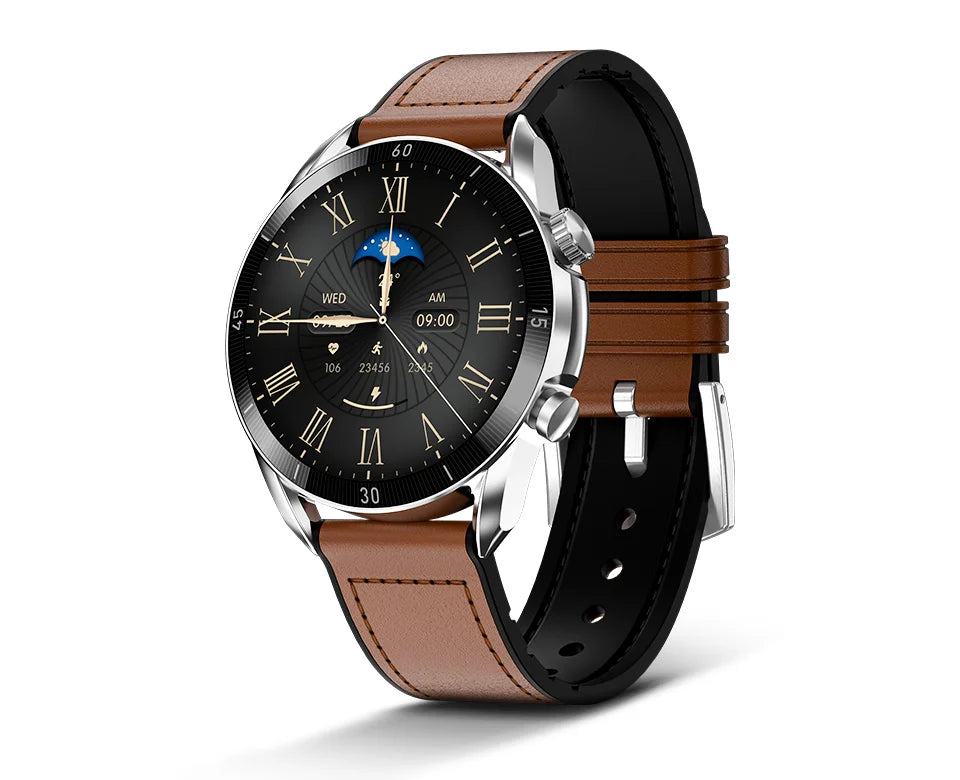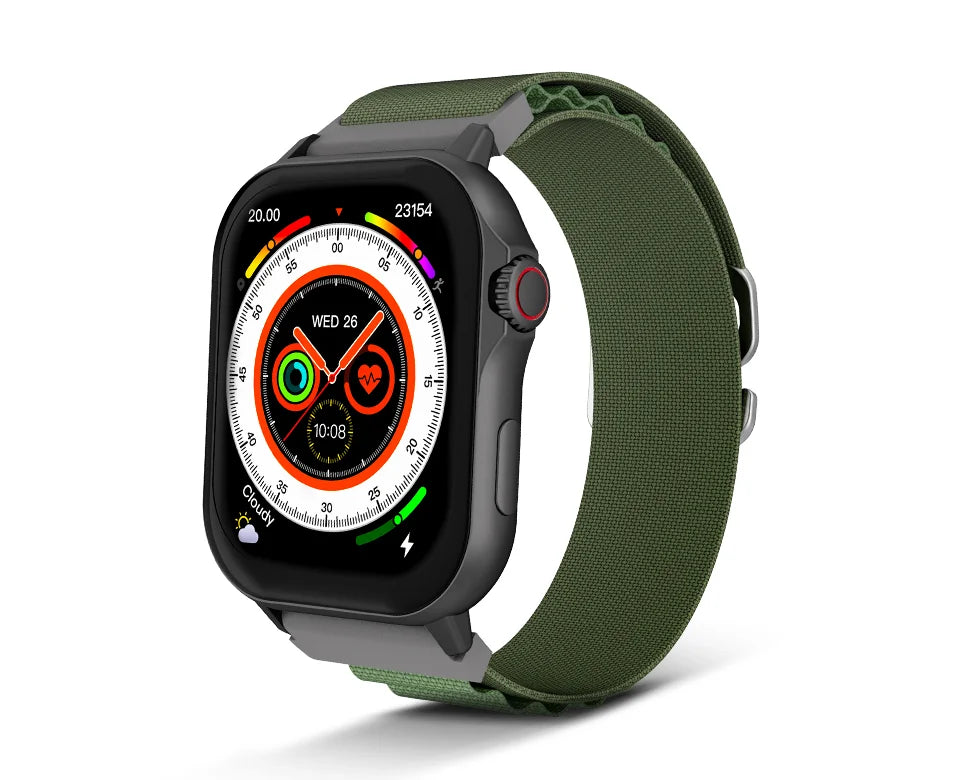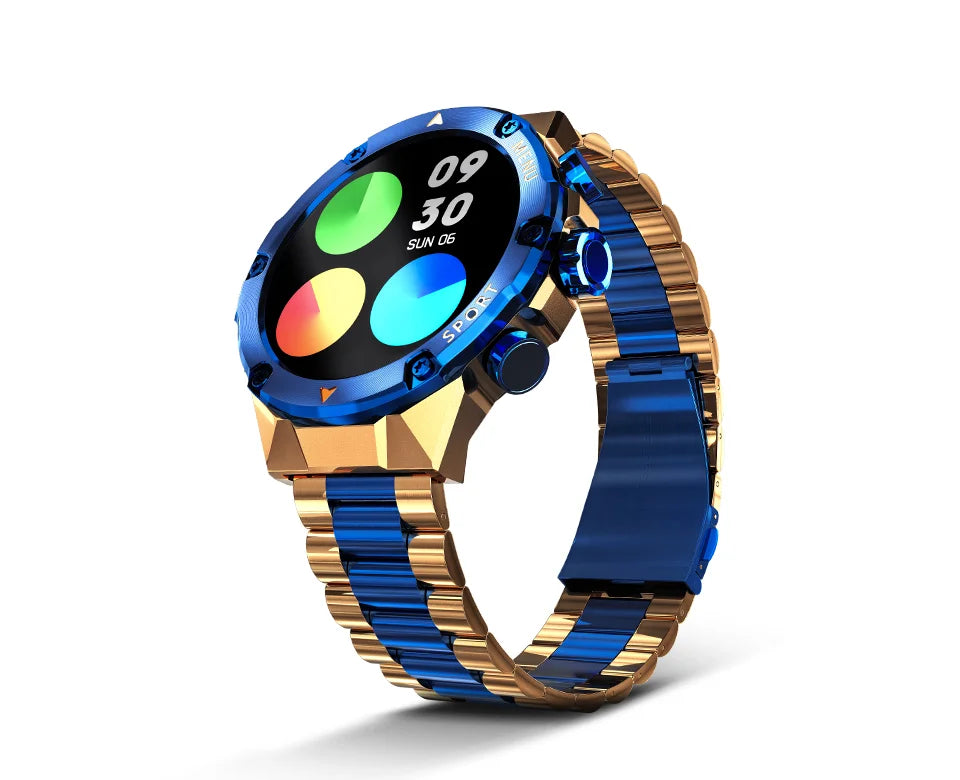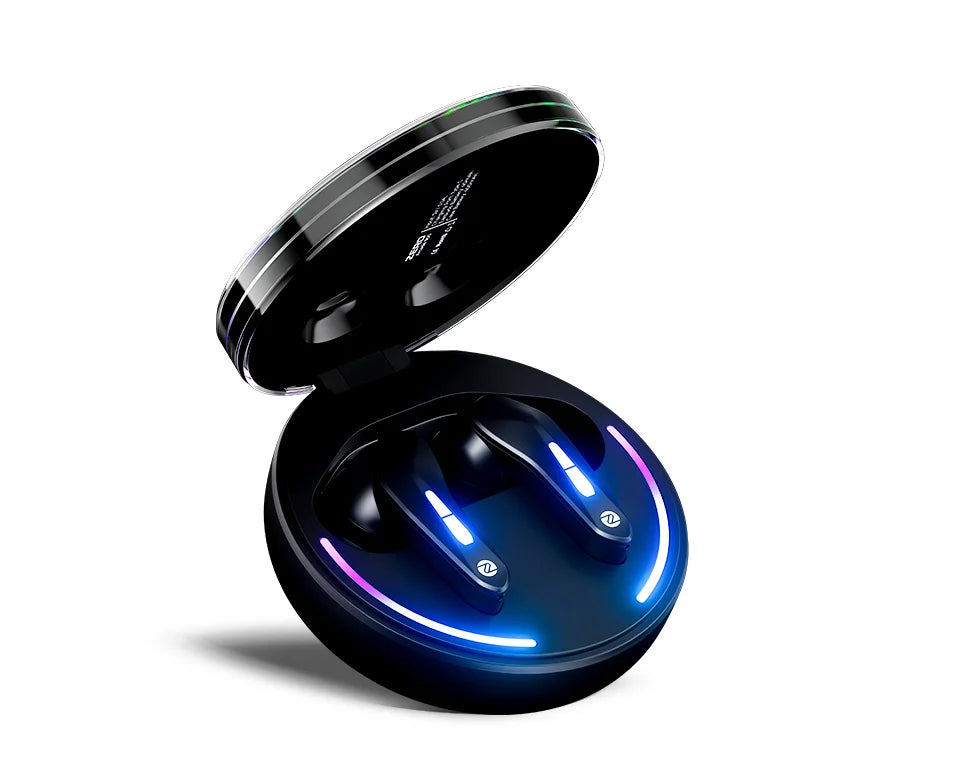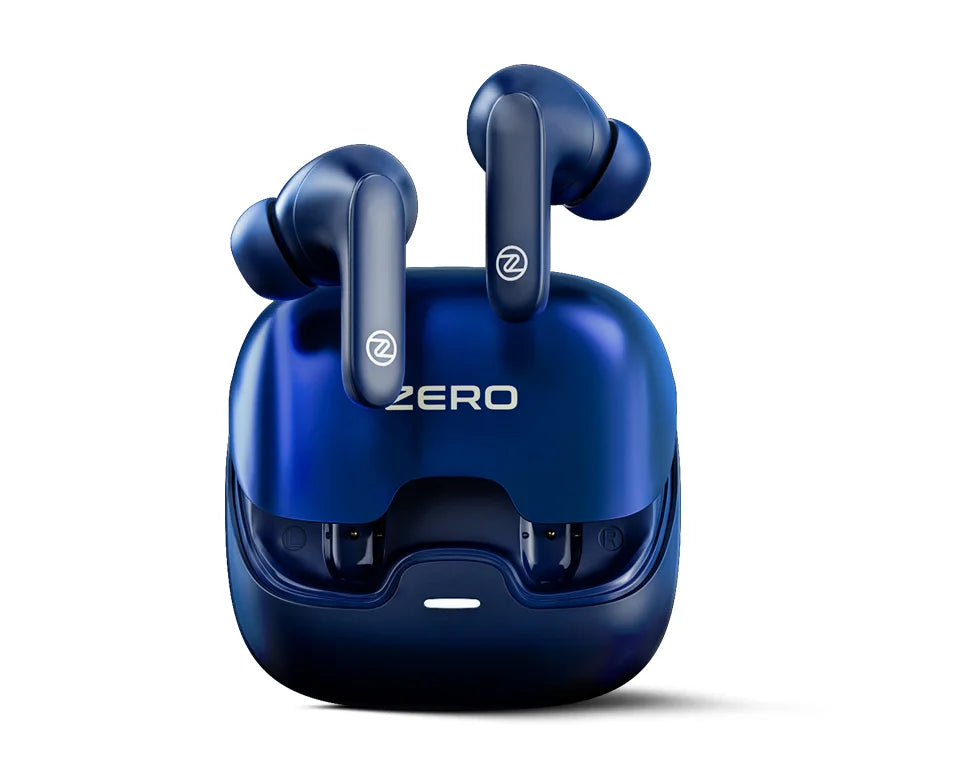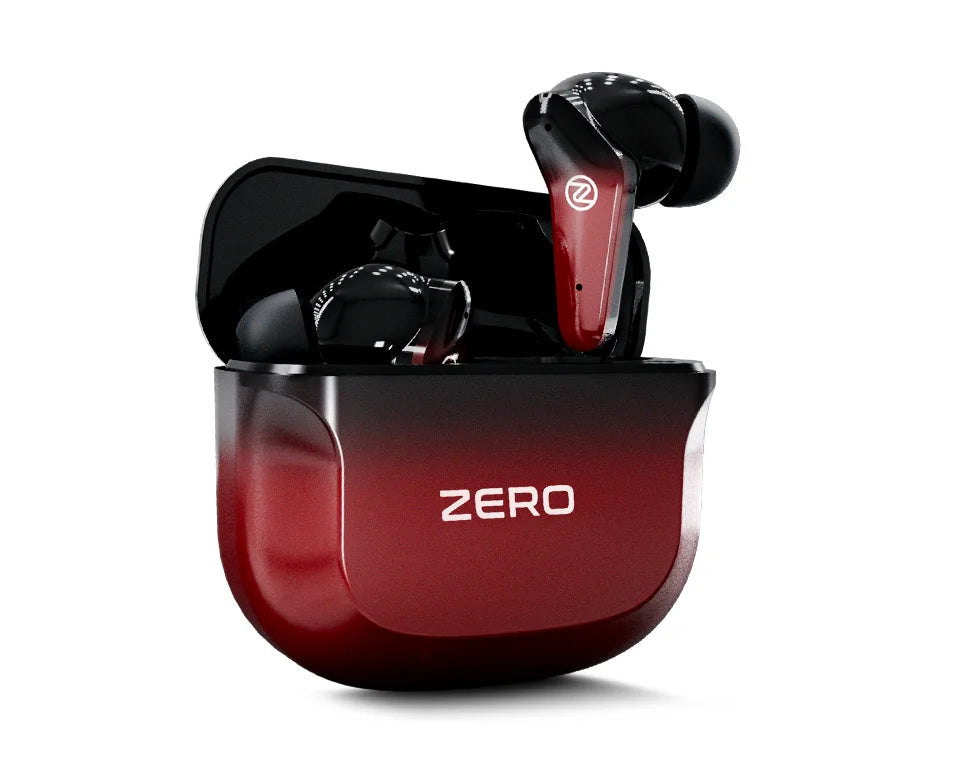When it comes to display technologies, the debate often circles around AMOLED, IPS, TFT, and LCD. Each of these technologies brings something unique to the table, so let’s dive into the details to help you make an informed decision.
AMOLED (Active Matrix Organic Light Emitting Diode)
Overview: AMOLED displays are like the divas of the screen world—brimming with vibrant colors and deep blacks. Each pixel is individually lit, delivering true blacks and infinite contrast levels.
Advantages:
- Vibrant Colors: The color reproduction is so lifelike, it’s almost like having a rainbow trapped in your device.
- Deep Blacks: Each pixel can be completely turned off, perfect for binge-watching those moody, dark dramas.
- High Contrast Ratios: Get ready for immersive visuals with high contrast.
- Fast Response Times: Gamers, rejoice! Fast refresh rates make for smooth gameplay and high-speed video.
Disadvantages:
- Burn-In: Beware of static images; they might leave a mark.
- Cost: All this glory comes at a higher price.
- Power Consumption: Efficient for dark themes, but power-hungry for bright content.
IPS (In-Plane Switching)
Overview: IPS displays are the reliable workhorses, offering wide viewing angles and accurate color reproduction, perfect for sharing your screen with friends.
Advantages:
- Wide Viewing Angles: Perfect for group presentations or movie nights.
- Color Accuracy: Photographers and designers, this one’s for you.
- Consistent Brightness: Enjoy uniform brightness across the screen.
Disadvantages:
- Contrast Ratios: Lower than AMOLED, but still impressive.
- Response Times: Slightly slower, might cause motion blur during fast action scenes.
TFT (Thin Film Transistor)
Overview: TFT is your go-to for durability and affordability, making it a staple in budget devices.
Advantages:
- Reliability: Long-lasting and rugged.
- Good Color Reproduction: While not as vibrant, still decent.
- Cost-Effective: Perfect for those who want a reliable display without breaking the bank.
Disadvantages:
- Lower Contrast Ratios: Less vibrant images.
- Backlight Bleeding: Light seeping through the edges can be an issue.
LCD (Liquid Crystal Display)
Overview: LCDs are the classic choice, using liquid crystals and a backlight to create images.
Advantages:
- Cost-Effective: Easy on the wallet.
- Good Brightness: Bright enough for well-lit rooms.
- Longevity: Built to last.
Disadvantages:
- Lower Contrast Ratios: Not as striking as AMOLED or IPS.
- Limited Viewing Angles: Colors might shift when viewed from the side.
- Backlight Bleeding: Like TFTs, can suffer from uneven lighting.
Side-by-Side Comparison
Feature AMOLED IPS TFT LCD
Overview Active Matrix Organic Light Emitting Diode In-Plane Switching Thin Film Transistor Liquid Crystal Display
Color Quality Vibrant, high color saturation Excellent color accuracy Good color reproduction, not as vibrant as AMOLED or IPS Decent color reproduction, less vibrant than AMOLED and IPS
Black Levels True blacks due to individually lit pixels Good black levels, but not as deep as AMOLED Moderate black levels Moderate black levels
Contrast Ratio Infinite contrast ratios High, but lower than AMOLED Lower contrast ratios Lower contrast ratios
Viewing Angles Wide viewing angles, minimal color shift Very wide viewing angles, minimal color shift Moderate viewing angles, color shift noticeable Limited viewing angles, noticeable color shift
Response Times Very fast response times Moderate response times Moderate response times Moderate response times
Power Consumption Efficient for dark content, higher for bright content Moderate power consumption Higher power consumption Moderate power consumption
Cost Higher cost due to complex manufacturing Moderate cost Lower cost, affordable Lower cost, affordable
Durability Susceptible to burn-in, shorter lifespan Long lifespan, durable Durable and reliable Long lifespan, durable
Applications High-end smartphones, wearables, premium devices Professional monitors, high-end smartphones, tablets Budget devices, industrial applications Budget devices, monitors, TVs
Brightness Excellent brightness, visible in sunlight Good brightness, visible in most conditions Moderate brightness Good brightness
Environmental Impact Uses organic materials, potential for recycling Environmentally friendly production processes Uses less eco-friendly materials Uses less eco-friendly materials
Recent Advancements Super AMOLED, Flexible AMOLED Quantum Dot IPS, Nano IPS Improvements in viewing angles and color reproduction LTPS LCD, Mini-LED backlighting
Eco-Friendliness Moderate, recyclable components High, uses eco-friendly components Low, uses less eco-friendly materials Low, uses less eco-friendly materials
Burn-In Risk High, static images can cause permanent damage Low Low Low
Market Prevalence Common in high-end smartphones, smartwatches Common in monitors, tablets, high-end smartphones Common in budget devices Very common in budget devices, monitors, and TVs
Energy Efficiency
- AMOLED: Great for dark themes, but bright themes can drain the battery.
- IPS: Moderate power consumption.
- TFT and LCD: Generally higher power usage.
Durability and Lifespan
- AMOLED: Vulnerable to burn-in over time.
- IPS: Long lifespan and durability.
- TFT and LCD: Durable, but TFT can last longer.
Cost and Accessibility
- AMOLED and IPS: More expensive, but used in high-end devices.
- TFT and LCD: Affordable, widely available in budget-friendly devices.
Applications
- AMOLED: High-end smartphones and wearables.
- IPS: Professional monitors and high-end tablets.
- TFT: Budget devices and industrial applications.
- LCD: General use in budget devices, monitors, and TVs.
Technological Innovations
- AMOLED: Advancements like Super AMOLED and flexible displays.
- IPS: Quantum Dot and Nano IPS for better color.
- TFT and LCD: Improvements in color and energy efficiency.
Environmental Impact
- AMOLED: Uses organic materials, recyclable.
- IPS: Eco-friendly components.
- TFT and LCD: Less eco-friendly, but improving.
Conclusion
- AMOLED: Best for vibrant colors and deep blacks. Perfect for premium devices.
- IPS: Ideal for wide viewing angles and accurate colors.
- TFT: Reliable and cost-effective, perfect for budget devices.
- LCD: Great for general use with good brightness.
Each display type has its own charm and is tailored for different needs. Understanding these nuances will help you choose the display that best fits your lifestyle and preferences. Happy viewing!


